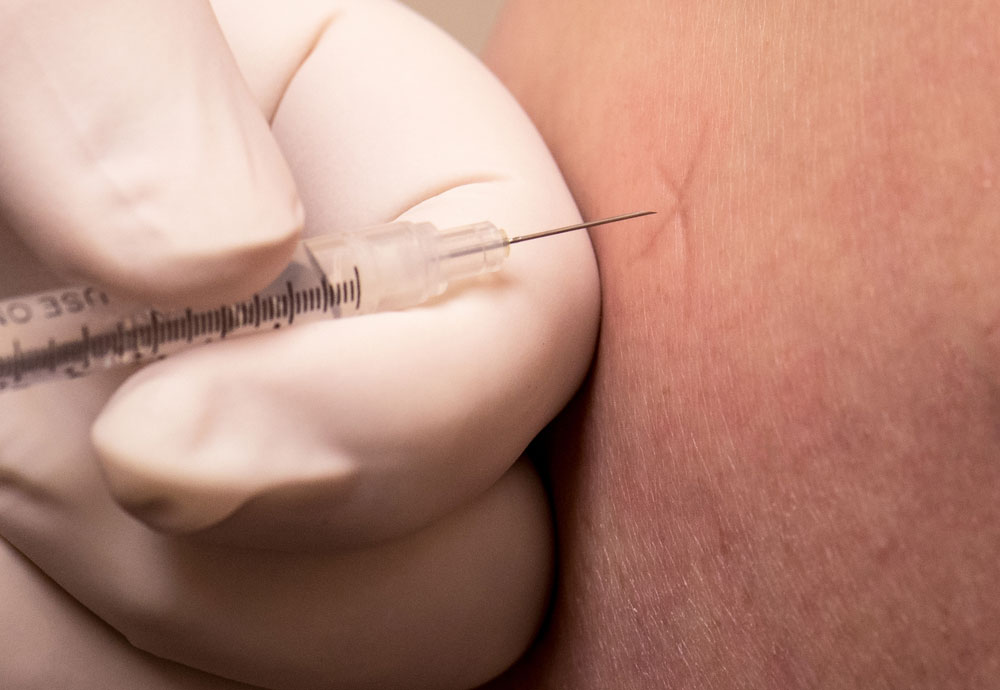
Steroid injections have been a fairly common treatment for many decades now. At my London rheumatology clinic, we make use of the injections when appropriate. They can be very effective in managing chronic pain. Like all injections, steroid injections involve needles. If needles bother you, we can talk about other options for alleviating your pain.
Note that steroid injections are completely safe. Before ever recommending them, physicians do a thorough examination and discuss case history with the patient. Only when it is determined that steroid injections have a good chance of helping the patient will a doctor recommend them. Steroid injections can be utilised to treat:
- arthritis
- bursitis
- plantar fasciitis
- tendon issues
- tennis elbow
- compressed nerves.
As a private rheumatology consultant, I discuss steroid injections with my patients most often in the context of arthritis. The injections can offer significant pain relief, though the level of relief experienced does vary from one patient to the next.
More About Steroids
Steroids are chemicals found in nature. Human beings and most animals naturally produce them along with hormones and other chemicals. Likewise, we can also create synthetic steroids in a lab. The fact that they are naturally occurring in human bodies demonstrates just how important they are to good health.
Biologically speaking, steroids have two main purposes in the human body. The first is to contribute to the formation and maintenance of cell membranes. As such, they do play a role in healing. Second, steroids function as signalling molecules. When present, they send signals to other parts of the body in order to trigger them to function.
Steroid Joint Injections
When steroid injections are appropriate for arthritis or other joint issues, the goal is twofold. Steroids can induce the body to reduce swelling. When swelling goes down, pain relief is often experienced. A good example is injecting a corticosteroid into an arthritic joint. By reducing inflammation in and around that joint, we increase flexibility and reduce pain.
Note that the types of steroids utilised for joint injections are corticosteroids. They are not anabolic steroids, though the anabolic form does have some medical applications – like treating chronic wasting syndrome and helping to induce male puberty that, for some reason, won’t start on its own.
How They Work
Fortunately, administering steroid joint injections is not complicated. In fact, it involves a basic outpatient process that can be completed rather quickly. The most difficult task for doctors is determining exactly where to place the injection.
Placement is crucial in as much as we want the steroid solution to flood the right location. Choosing the wrong location could mean little to no pain relief. On the other hand, choosing the right location can reduce inflammation and keep it at bay for quite some time.
As with any injection-based therapy, there is a minor amount of pain involved. A topical anaesthetic may be used to dull the skin at the injection site. However, the site is still likely to be sore for a day or two afterward. Most patients begin to feel pain relief in the joint itself within a few days as well.
Note that there is always the risk of infection with any injection. Though the risk is low, feel free to ask about it if you are concerned. I would be more than happy to discuss all of the implications of steroid joint injections with you at my London rheumatology clinic.
Article by Dr. Naveen Bhadauria



